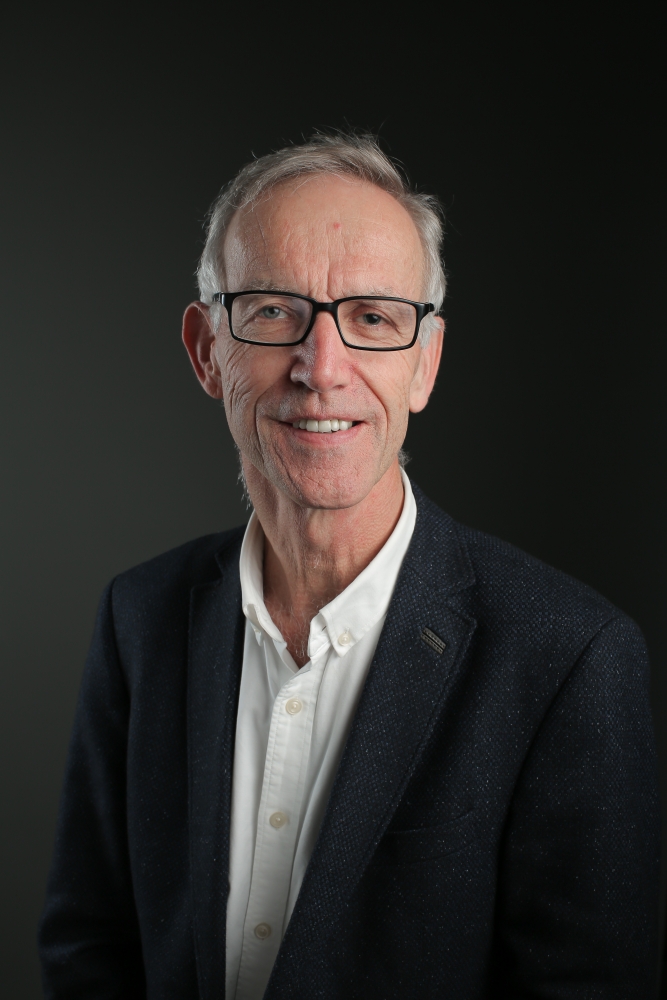
The Centre for Transformational Environmental Technology is UNSW’s first research base outside of Australia and will be a hub for the large-scale translation of UNSW environmental research into industrial application in China.
“The Centre for Transformational Environmental Technology is a huge opportunity for UNSW researchers and Australian industry,” says Scientia Professor David Waite on UNSW’s most recent venture.
“We are actively looking for researchers and companies with expertise in environmental technologies who want to explore the vast array of opportunities in China.”
CTET, as the new centre is known, is UNSW’s first research base outside of Australia and will act as a conduit for two-way information and opportunity exchange between UNSW researchers and their collaborators in China.
“We are actively looking for researchers and companies with expertise in environmental technologies who want to explore the vast array of opportunities in China
Scientia Professor David Waite, Director of the Centre for Transformational Environmental Technology
“The Centre is a strategic alliance with the largest high-tech zone on environmental protection in China and will showcase UNSW’s environmental research credentials,” says Dr Yuan Wang, Head of the Torch Precinct at UNSW.
“Specifically, CTET will provide access to local environmental problems (including wastewater and contaminated soil), which is critical when applying technologies developed in the lab to practice. It will also provide access to local industries, not only in Yixing where the Centre is located, but also in the Yangtze River Economic Belt, and across China. Importantly, the Centre will open up a stream of new funding opportunities to researchers and industry in both China and Australia,” she continues.
Waite, who is the Centre’s inaugural Director says the focus is firmly on fast-tracking the commercialisation of environmental technology, but there will also be a myriad of opportunities for UNSW undergraduate and postgraduate students, as well as postdocs looking for industrial experience and internships.
Professor Brian Boyle is the Deputy Vice-Chancellor, Enterprise and provides strategic leadership on all aspects of the University's enterprise and innovation agenda. He says CTET is a place where UNSW researchers will be able to connect with other experts in their field and deliver not only outstanding research but also real impact on a global scale. “Our vision for the centre is that it becomes a hub for the large-scale translation of UNSW environmental research into industries across China,” he says.
As Wang mentioned, CTET is located in the largest high-tech zone on environmental protection in China in the Yixing Environmental Science and Technology Park, about 30 minutes by high-speed train from Nanjing and/or Hangzhou. The park covers 212 square kilometres and is home to over 100 companies from more than 20 countries and regions, all of which are exclusively focused on environmental technologies. It is part of the Chinese Torch Program that was established by the Chinese Ministry of Science and Technology about 25 years ago. The Torch Program is arguably the most successful entrepreneurial program in the world having spawned over 150 high tech zones across China.
“The Torch Program was conceived as a way of bringing like-minded industries together to undertake R&D in theme areas such as energy and environment, materials and medicine,” explains Waite. “In 2016, the first Torch Precinct outside of China was established at UNSW to promote collaboration between the two countries. Not long after, our team was approached by the Torch Precinct in Yixing asking if we’d like to partner on this new Centre.”
Waite says they jumped at the chance. “We have a relatively weak manufacturing base in Australia which limits the funding our researchers can access for applied R&D. Our exposure to the Chinese environmental technology industry, through the Centre, will be a huge boost for UNSW researchers in this respect.
It was clear from the start that the CTET team would need to have a permanent presence in the Yixing Torch Precinct, so they custom-designed and built the Centre which officially opened in January 2018. “Now, our focus is on promoting the Centre, generating interest among researchers at UNSW and forging partnerships in China,” continues Waite.
“We have developed a framework for involvement and invited our researchers to develop a ‘Capability Statement’ to articulate their key research strengths. These Statements together with intensive networking will be used these to develop opportunities and projects and seek funding,” he says
Wang is excited about being able to use CTET as a successful model to generate interest among UNSW alumni and existing industry partners. “We invite our alumni to find out more and come to work with our researchers. We are also happy to use our connections at the Centre to link them to Chinese industries with the aim of developing technologies that benefit the communities of both countries.”
“Indeed,” continues Boyle. “The success of UNSW’s Torch Precinct (which has already secured over $70 million of contracts) already owes a significant debt to our alumni in China, who, as business leaders, have supported the program through their pro-active engagement with our researchers. As UNSW continues to broaden its innovation footprint in China, our alumni are crucial for its success.”
Waite says the types of Australian organisation they are hoping to partner with ranges from small startups, who are looking to develop a single technology, through to government enterprises. “I recently visited the Beijing Waterworks Group. It’s a huge operation, and they have much to learn from organisations like Sydney Water and Melbourne Water. There’s a very real opportunity to transfer knowledge from Australia to China with regard to issues such as ageing infrastructure and in applying innovations in water treatment technology,” he says.
“As a country whose manufacturing base developed very fast, China has a number of pressing environmental concerns. There’s a clear will to manage and control them and an increasing emphasis by the Chinese government to makes sure companies adhere to the environmental policies and regulations in place,” Waite continues.
Because of this willingness and because of the sheer size of the market, Wang is ambitious in what she believes CTET can achieve. “I want to see UNSW labelled technologies everywhere in China in the next five to 10 years,” she says.
Her ambition is shared by Boyle who sees CTET as just the beginning. “UNSW’s Torch strategic research priorities comprise materials, health and energy as well as environment, and I would like to see all four research areas represented across China with similar centres in the very near future,” he says.
More information for UNSW researchers:
Please contact Scientia Professor David Waite d.waite@unsw.edu.au; or Dr Yuan Wang yuan.wang@unsw.edu.au
More information for alumni and industry:
Please contact Scientia Professor David Waite d.waite@unsw.edu.au; or Dr Yuan Wang yuan.wang@unsw.edu.au
Written by: Penny Jones
